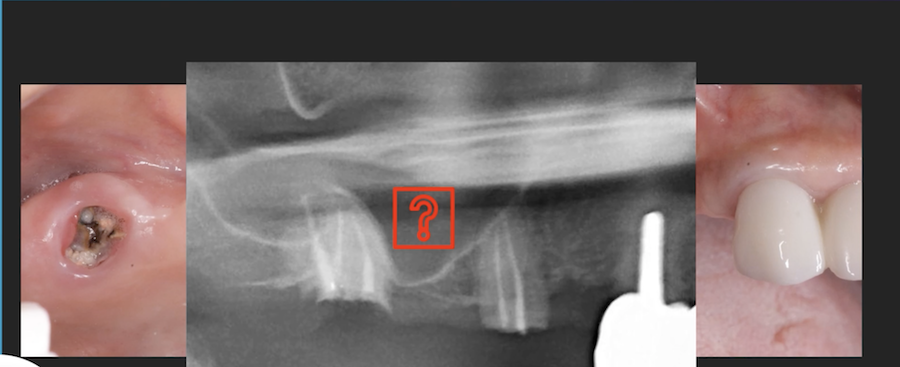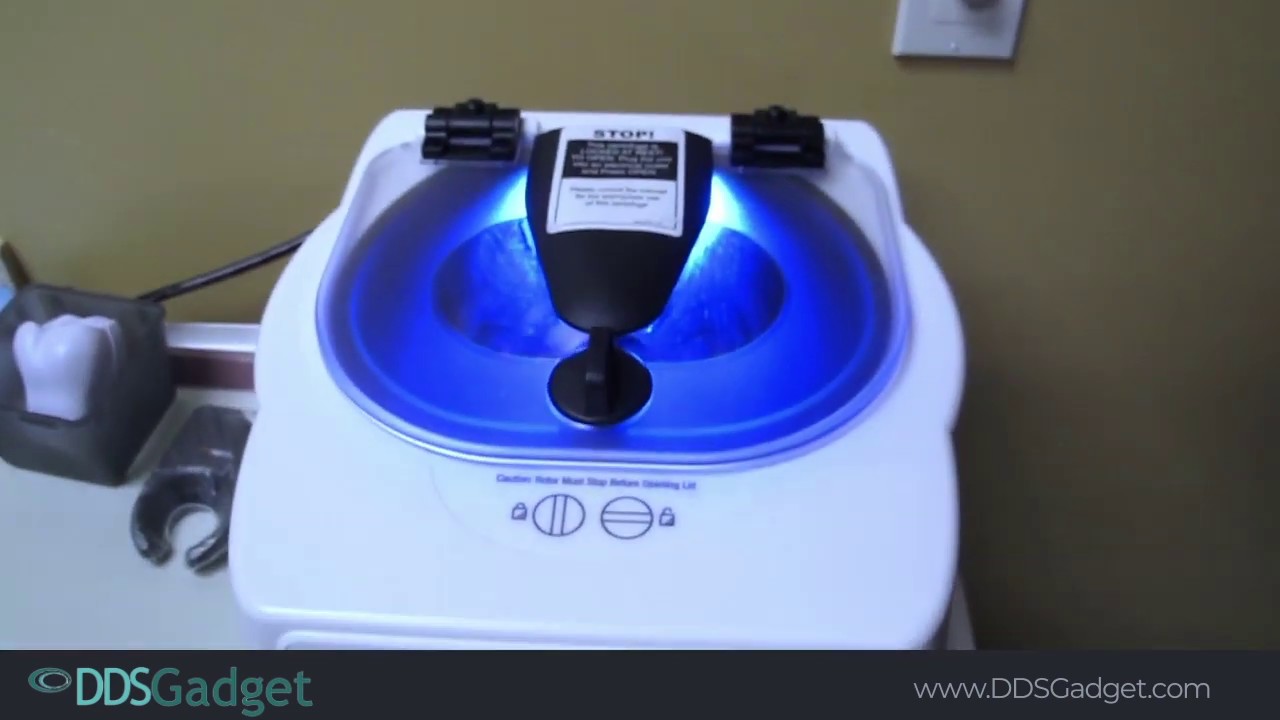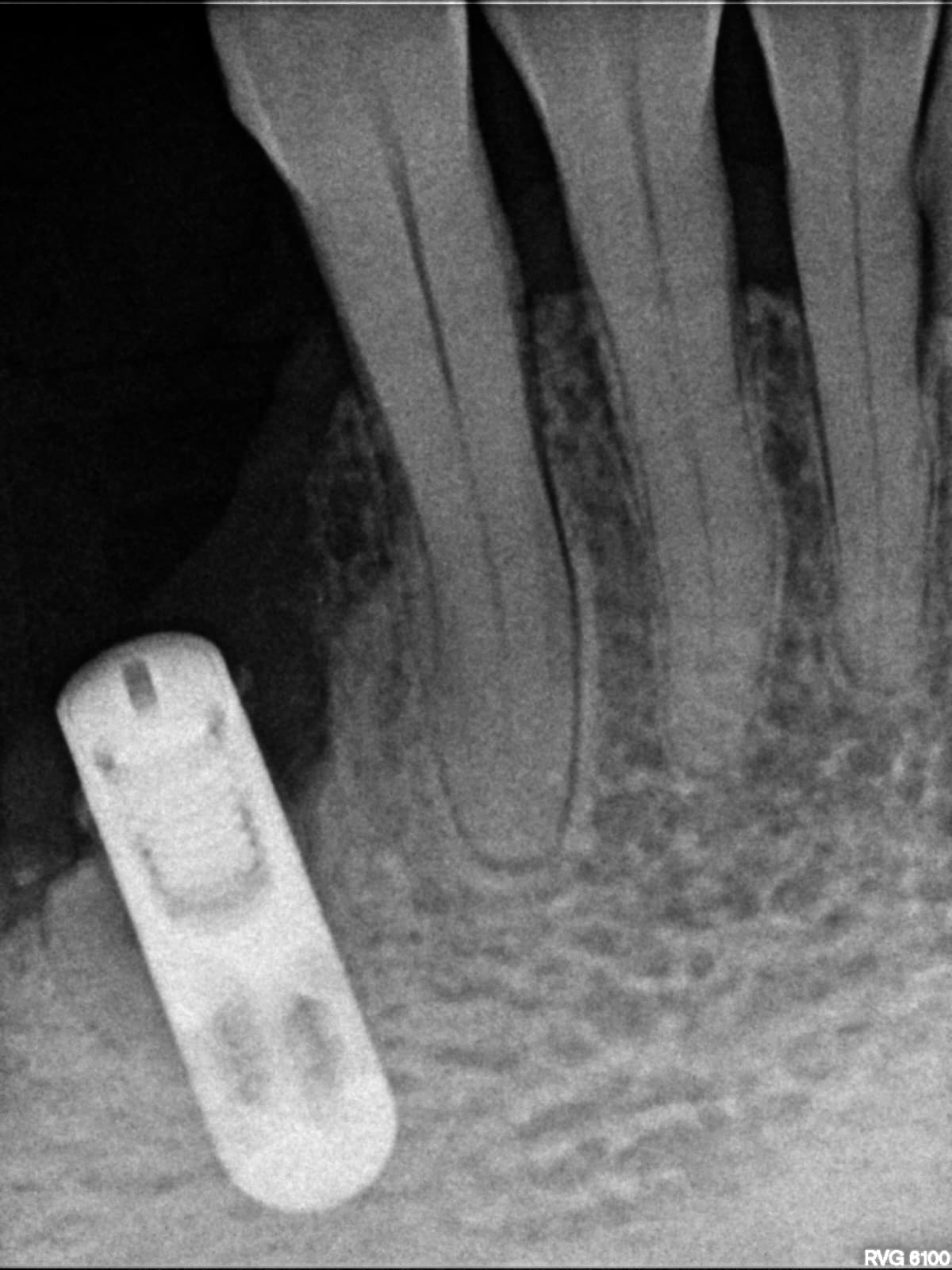Establish Tight Proximal Contact with Composite Resins: Best Method?
Anon. asks:
What is the best way to establish tight proximal contact with composite resins? I have tried to use my Tofflemire retainer and matrix band. I end with proximal contact pretty much located at the marginal ridge. Are there other ways or other materials that I could use to establish a broader and longer proximal contact? Can anyone recommend any particular techniques that work for them? At this point, I will try anything.
8 Comments on Establish Tight Proximal Contact with Composite Resins: Best Method?
New comments are currently closed for this post.
Kay:
12/10/2008
I have found that sectional matrices (eg palodent/ triodent) give satisfactory results with good wedging.
You can burnish the matrix to give a more rounded contour,
Good luck!
johndds
12/14/2008
On anterior cases try plumbers tape.
Lester
12/25/2008
I cure a small ball of composit and force it in the proximal box so that it pushes against the matrix band
John Dickinson
1/1/2009
I use the same method as Dr Lester, I think the main reason for a poor contact is polymerization shrinkage. Prepolymerizing a ball or plug gets past the shrinkage. I have a blob of PVS putty that has holes in it made with a variety of round ended burnishers,different sizes and use the burnishers to size the cavity. then place a translucent composite in the correspondinghole and cure well, transfer this to the shaped matrix,filled w flowable and regular composite, wedge securely and cure well. I had used clear mylar shaped matrixes, until Kerr made them unnavailable , but after curing they are hard to remove bc of the tightness of the contact. The method takes a bit longer to trim and polish but gives the strongest cotact.
Dr. Andrew Wasik
1/17/2009
Here is my 5 cents on resin interproximal contacts: we can talk ad nauseum about different techniques, and most of them work to some extent in some situations. As anything in dentistry we can achieve predictable results based on proper case selection. I have been doing dentistry for thirty years and realize all too well that very often clinical decisions are influenced by patients, insurance coverage, mood of the day, dentist's believes and training etc.
I do not here much discussion regarding a protocol of placing resin restorations. Here is mine:
Contrandications:
- functional contacts in resin (therefore, no centric stops, excentric contacts, interproximal contacts
-isthmus width no more than 1/3 to 1/2 of intercuspal distance
-restoration margins not within the enamel
Indications:
-Unstable caries status (protocol:new smooth surfaces caries)
-time constraints ie. emergency, lifestyle, traveling etc.
-Financial considerations
-Full coverage anticipated in tear future (6-12 months)
There is a lot of truth in saying: if you tell the patient something before it happens it is a diagnosis, when you tell the same thing after the fact it is an excuse. By sticking to my protocol I can increase the odds of my clinical success in my favour
Dr. Andrew Wasik
1/17/2009
That of course does not entirely apply to anterior teeth and come class V lesions
R. Hughes
1/18/2009
Dear Andrew Wasik, ALL EXCELLENT POINTS, ADHESIVE DENTISTRY LOOKS NICE, BUT DOES NOT HOLD UP LIKE METAL AND METAL/CERAMIC DENTISTRY. PERHAPS SOMEDAY IT WILL!
Alan M Krantz, DDS
3/17/2011
The best matrix to enter the marketplace is bioclear matrix. Dr.David Clark has a website at bioclearmatrix.com His system of prewedging, preparation design, matrix design and injection molding technique is by far the one and only way to place composite resin today.


















